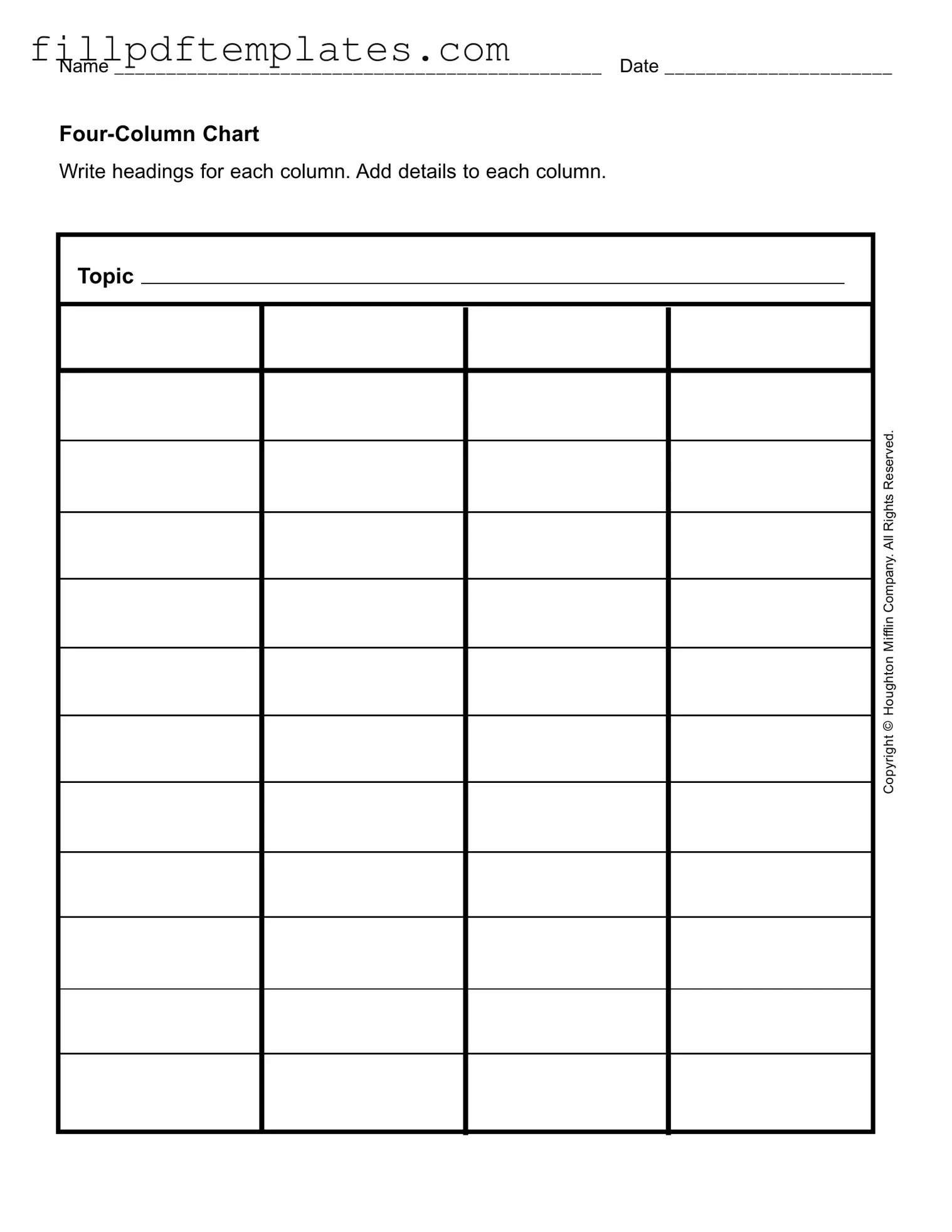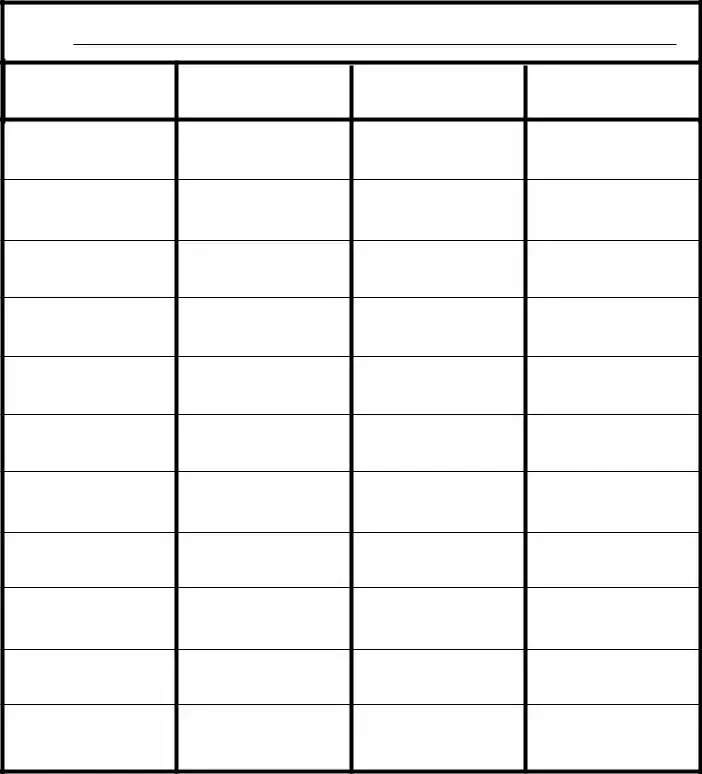Dd 2870 Army Pubs
- The form facilitates the retrieval of health care records.
Contract for Leased Owner Operators
- The Owner Operator must comply with federal, state, and local laws concerning transportation activities.
The New York Articles of Incorporation form is a crucial document for establishing a corporation within the state, and understanding its significance is essential for entrepreneurs. By completing this form, business founders ensure that they meet all necessary legal requirements, which provide a solid foundation for their company. Without the Articles of Incorporation, forming a corporation becomes challenging, limiting the company's legal recognition and operational capabilities.
High School Transcript
- This form often features the school's official seal or watermark.

